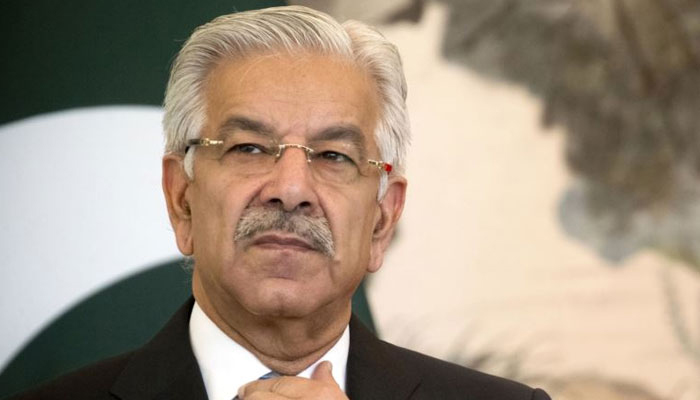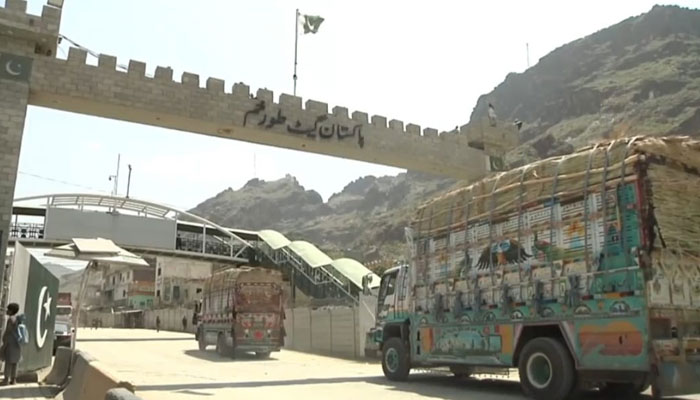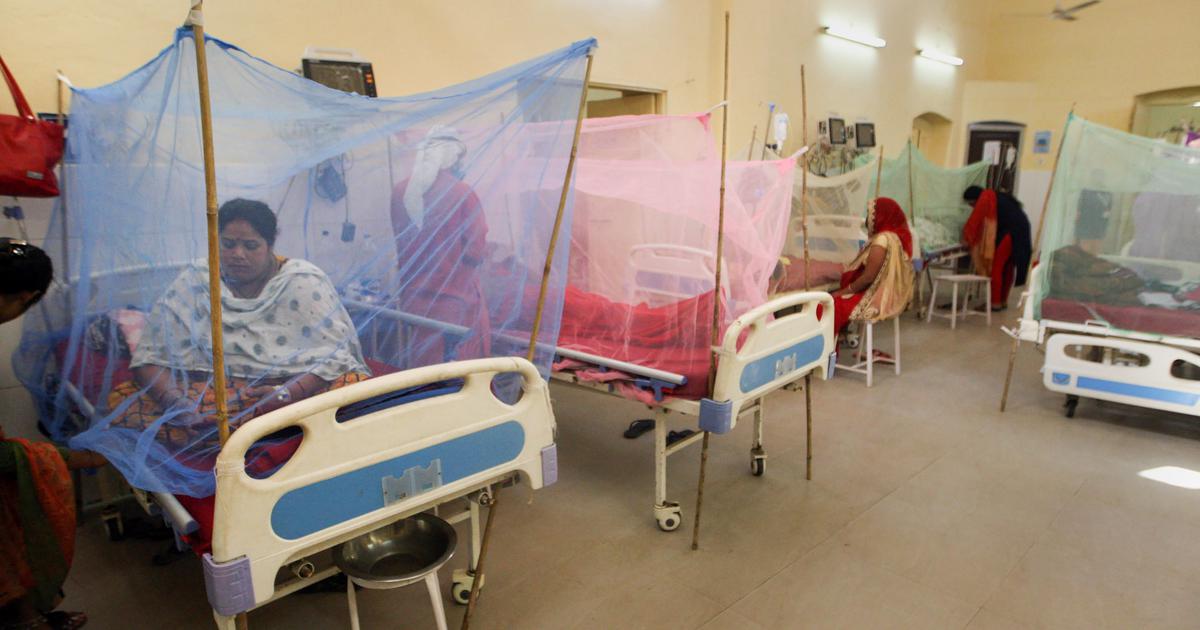Record high farm fires in Northern India fuel toxic smog, choking millions

you may like

Trump warns to end Hamas if they break the deal
2 hours ago

No talks will be held with TTP: Khawaja Asif
8 hours ago
TRENDING NOW

Trump warns to end Hamas if they break the deal
U.S. President Donald Trump has said he will not hesitate to end Hamas if they break the deal. Speaking to…
NADRA Announces Major Hiring Drive Across Sindh
KARACHI, The National Database and Registration Authority (NADRA) has announced a major recruitment drive to hire 200 Junior Executives (Data…
Sindh Speaker Extends Diwali Greetings to Hindu Community
KARACHI, Speaker of the Sindh Assembly, Syed Awais Qadir Shah, extended warm Diwali greetings to the Hindu community, calling the…
Another Israeli spy has been executed in Iran
According to Iranian media, another Israeli spy has been executed in Iran for working with the Israeli intelligence agency Mossad.…
MUST WATCH

Rapid increase in HIV cases among children in Nawabshah
A serious health concern has come to light in Sindh, as officials have reported a rapid increase in HIV cases…
Dengue and Malaria Cases Continue to Rise in Interior Sindh
Dengue and malaria continue to spread rapidly across Hyderabad and several districts of interior Sindh, as hospitals remain flooded with…
An incident of violence against polio workers in Karachi
An incident of violence against polio workers in Karachi took place in FB Area Block 14, Goharabad. A team giving…
258 Prisoners in Balochistan Jails Suffer from TB, AIDS, and Hepatitis
A recent health report has revealed that 258 prisoners in Balochistan jails are suffering from TB, AIDS, and Hepatitis. These…
INNOVATION

Trump warns to end Hamas if they break the deal
U.S. President Donald Trump has said he will not hesitate…2 hours ago
Major outage in Amazon cloud services affects millions worldwide
A major outage in Amazon cloud services caused hundreds of…6 hours ago
No talks will be held with TTP: Khawaja Asif
Pakistan’s Defence Minister Khawaja Asif has made it clear that…8 hours ago
Torkham border likely to reopen in next 24 to 48 hours
After days of tension, Torkham border is likely to reopen…8 hours ago


















